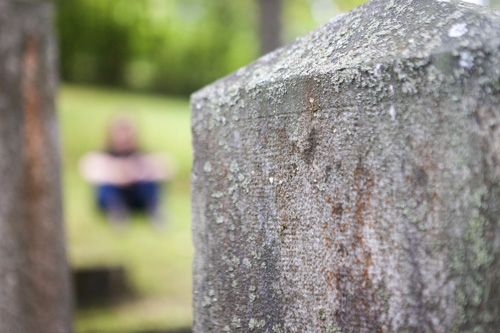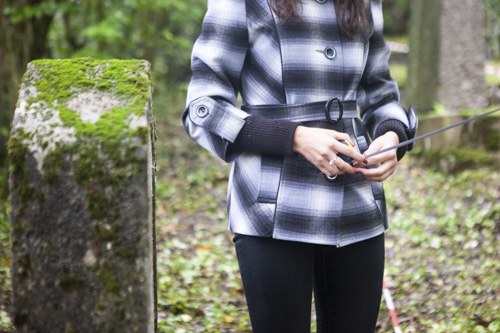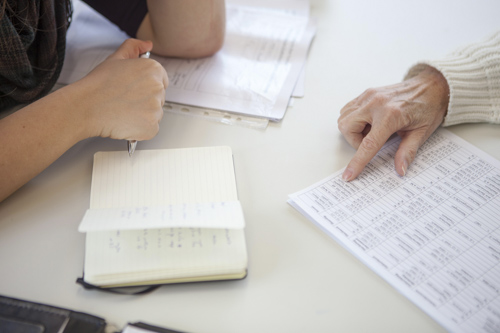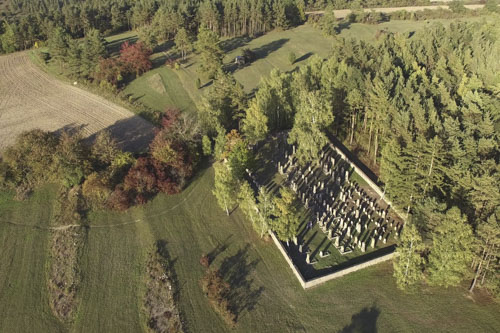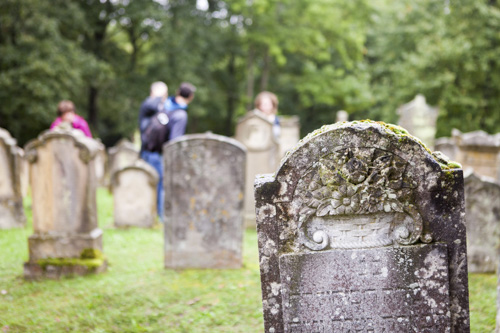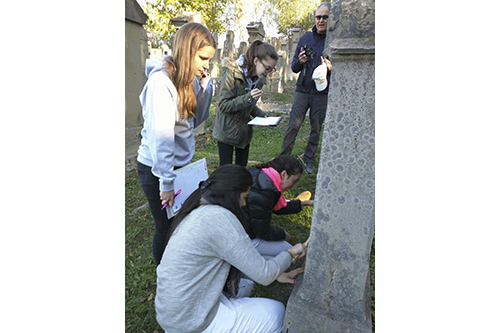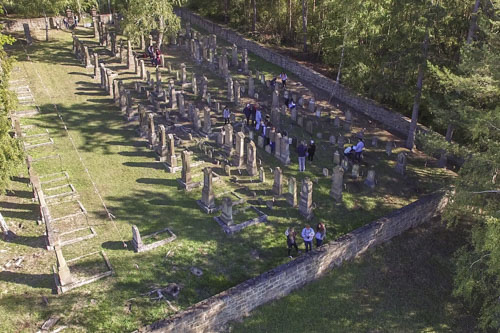About

Opening address of the major Michael Gottwald releasing “judaica – unsleben“
Pedagogy, history and a delicate topic of German contemporary history are all part of a homepage which has been produced with the utmost effort and which is of great value for future generations.
Until the Third Reich, up to 250 Jewish people, families, women, men and children alike, had been living in Unsleben for several centuries. They were respected members of society, involved in clubs and in general took part in village life. All village children played in the streets together, even if they visited different schools and didn’t share the same religious rituals. The adults worked hand in hand. A variety of Jewish shops, the products of which are still known to the citizens of Unsleben today, let the little village grow to a thriving hub of commerce for the regional economy. Cultural diversity, tolerance and acceptance of different religions have let Unsleben develop into an open-minded community, which can still be perceived today.
The Nazi regime drove a wedge between the Jewish people and the other citizens of Germany, thus destroying the international community. The last Jews from Unsleben were deported to Izbica in the east of Poland, where they were killed in the different concentration camps of the area. In 2007, I had the possibility to travel to Izbica with a Main-Franconian delegation, visiting the death camps and consecrating a memorial stone. This experience made me even more sensitive to this part of our history and has impressed me deeply. Being so close to the places where the Nazis industrialized death was oppressive and was to have a lasting effect on me.
The village of Unsleben has dedicated a memorial in the vicinity of the former synagogue to the last Jewish citizens of Unsleben. Still today, we are shocked when we consider what evil and pain the Jews, many other people from all over the world and minorities had to suffer at the hands of the Nazis. At the same time, we are fascinated by the civil courage some fellow citizens and relatives showed. When I was a child, my grandfather Georg, who had taken part in both World War I and II, told me about his experiences. He also told me that he himself hid Jewish citizens in the haystack in his barn so the Nazis wouldn’t find them. The cautious way he talked about these incidents after so many years implies how dangerous this must have been for him.
The production of the homepage “judaica-unsleben” is a cooperation between the university of Yale/USA, the Hadassah Academic College in Jerusalem and the Rhön-Gymnasium Bad Neustadt under the guidance of highly qualified experts. I have the greatest respect for Günter Henneberger and his students for dedicating their time and energy to this sensitive and complex chapter of German history. The quality of the high-end and intriguing homepage is excellent due to the work of Prof. Moshe Cain and his students in Jerusalem. Last but not least, the relentless efforts of Prof. Josef Hesselbach must be honored, who, at very old age, collected and translated the local events and experiences. All of us together we have created a project, which contributes to the reconciliation and understanding between the nations, today and in the future.
Michael Gottwald, major of Unsleben, April 2017
Case Study
In September 2015, a joint high school exchange program of German and Israeli students set out to restore, renovate and document the abandoned Jewish cemetery of Unsleben, where all traces of a once thriving Jewish community vanished following the annihilation of the Jews during World War 2. The exchange program between the high schools Mikve Yisrael High School (Holon, Israel) and the Bad Neustadt Rhön Gymnasium (Bad Neustadt a.S., Germany) has existed for over twenty years. The content of the program was traditionally one of cultural exchange. The documentation program that took place was the second attempt to address the question of the past.
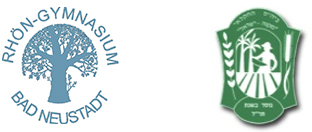
This cemetery is one of many in Bavaria that is not documented and many of the graves are already unreadable. The main initial goal of the project was to clean up and map out the cemetery and to document each grave. Already at this stage, the joint work of students proved to be a pathway to asking questions about personal and communal identity, about beliefs, preconceptions and joint values. Furthermore, the information gathered was used to expand the knowledge about the Jewish community of Bad Neustadt. History books did not pay much attention to this small peripheral community. The tombstones were able to shed light on aspects the students would not be able to learn about through other written sources.
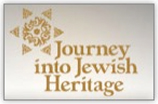
This project is the outcome of an earlier and important program:Journey into Jewish Heritage, aimed at documenting lesser known Jewish communities around the world.
Under the initiative of Professor Stefan Simon, of the Institute for the Preservation of Cultural Heritage at Yale University, Mr Gunter Henneberger of the Rohn Gymnasium, and Mr Eyal Tagar, graduate of the Department of Photographic Communication at the Hadassah Academic College Jerusalem, the Israeli and German high school students and instructed them in the methodology of documenting cemeteries.
Outcome
The student’s documentation of the cemetery brought to the table new information which can be used for research. The documentation cards give us an idea of how many men, women and Children were buried. In some cases, we can learn causes of death. Some leaders of the community have become evident: Teachers, doctors, people who were known to give charity etc.
From the places of birth stated on the grave we learned where people emigrated from.
By reading what people chose to engrave we can learn what they wanted to emphasize.
This information needs to be treated carefully, just like any text. Questions need to be asked on motives and social structures. But with a careful analysis that cross references the documentation material with archives and local knowledge, much can be learned.
